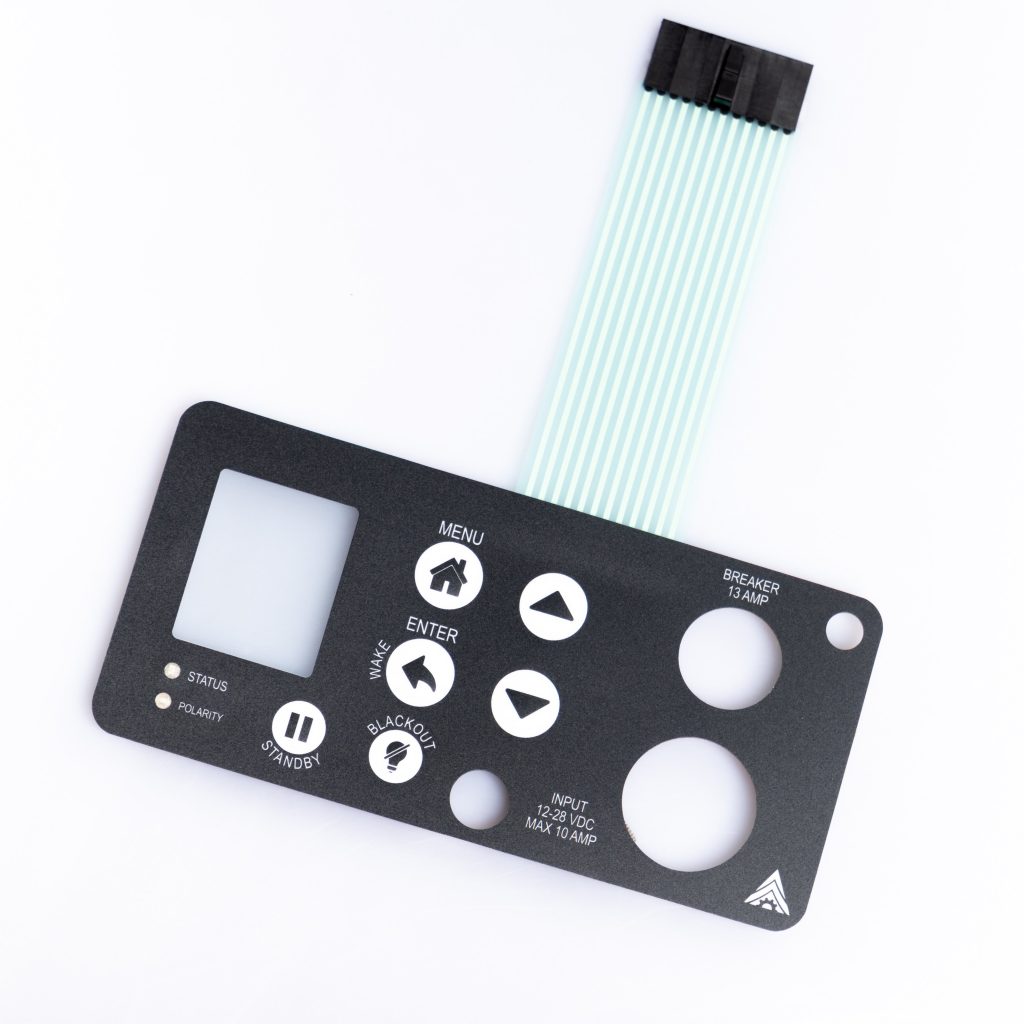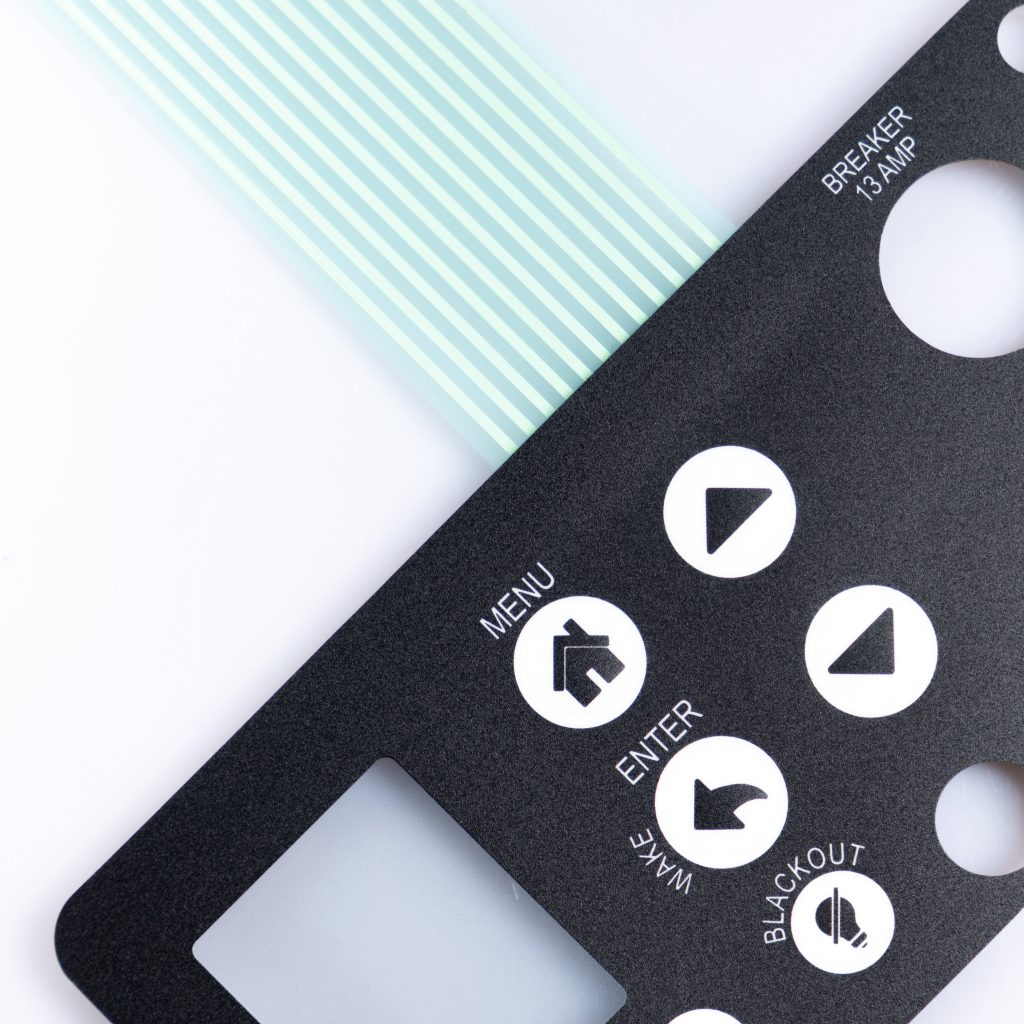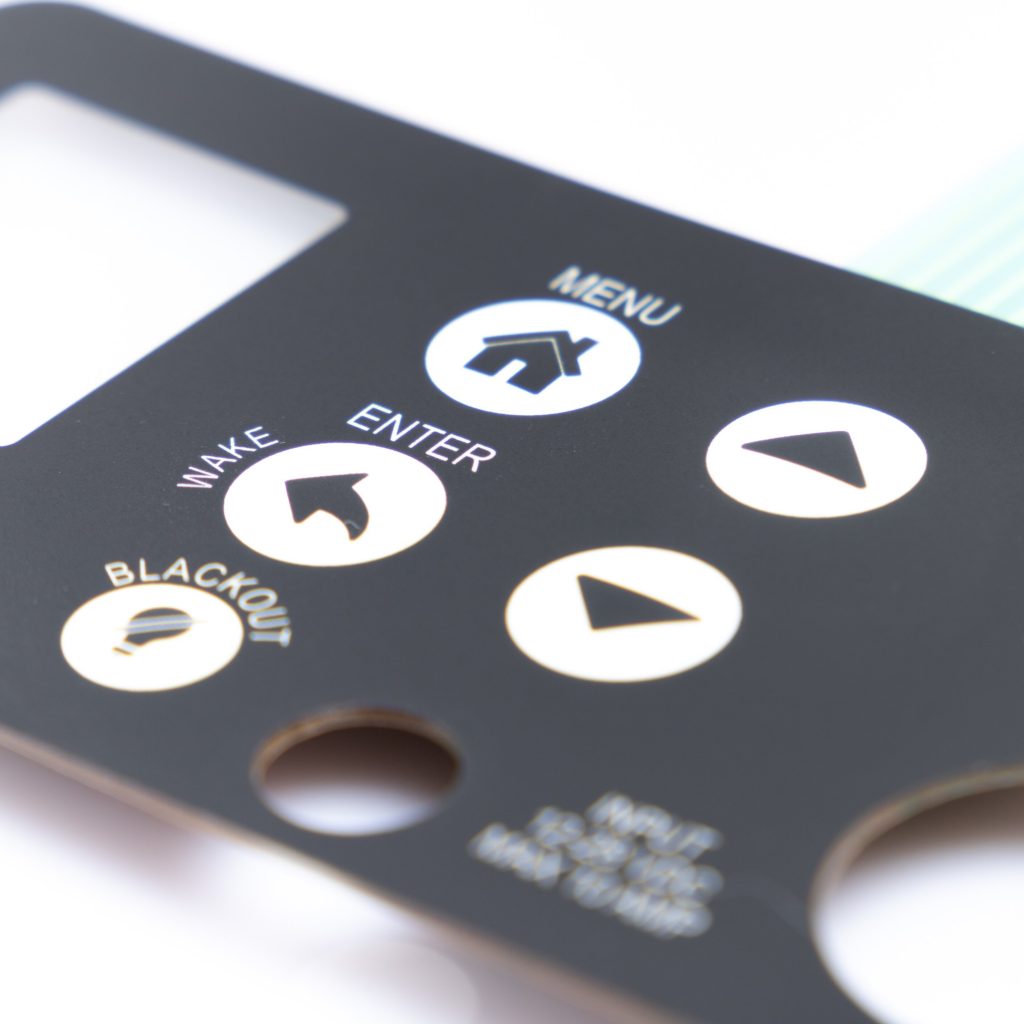Contact
Write to Us And We Would Be Happy to Advise You.
Do you have any questions, or would you like to speak directly with a representative?
By hqt
In today’s fast-paced technological landscape, membrane switches have become an integral part of various electronic devices and appliances. These switches offer a sleek and reliable interface for users to interact with electronic equipment. One critical aspect of membrane switches that often goes unnoticed but plays a significant role in their functionality is their thickness. In this article, we will explore the general thickness of a membrane switch and why selecting the appropriate thickness is crucial for its performance.



Before delving into the thickness aspect, let’s briefly understand what membrane switches are. A membrane switch is a type of momentary switch that is composed of several layers of flexible materials. These layers typically include graphic overlays, spacer layers, and conductive layers. When a user applies pressure to a specific area on the graphic overlay, it activates the switch, completing an electrical circuit and triggering the desired function.
The thickness of a membrane switch can vary depending on its intended application and design. However, in general, membrane switches are quite thin, typically ranging from 0.005 inches (0.127mm) to 0.030 inches (0.762mm). This slim profile is one of the key advantages of membrane switches, as it allows them to be integrated into devices with limited space.
Several factors influence the selection of the appropriate thickness for a membrane switch:
The specific application of the membrane switch is a crucial factor. If the switch is intended for a rugged environment or heavy usage, a thicker membrane may be required to withstand the wear and tear.
The tactile feedback desired by the end-users also affects thickness selection. Thicker membranes can provide a more pronounced tactile response, which can enhance the user experience, especially in applications where precision is essential.
Environmental factors such as temperature and humidity can impact the performance of membrane switches. Thicker membranes may offer better protection against moisture and extreme temperatures.
The available space within the device or equipment where the membrane switch will be installed is a critical consideration. Thinner switches are advantageous when space is limited.
Now, let’s explore why thickness selection is vital for membrane switches:
The thickness of the membrane affects the actuation force required to trigger the switch. Thicker membranes generally require more force, which can impact user comfort and usability.
Thicker membranes tend to be more durable and resistant to wear and tear. This is essential for applications where the switch will undergo repeated usage.
The tactile feedback provided by the switch, influenced by its thickness, can enhance user satisfaction. Membrane switches with the right thickness offer a pleasant and responsive feel.
In compact devices, thinner membrane switches are preferred to save space while maintaining functionality. Thickness can directly impact the integration possibilities within a device.
In conclusion, the general thickness of a membrane switch typically ranges from 0.005 inches to 0.030 inches, with various factors influencing the selection process. Choosing the right thickness is essential to ensure optimal performance, durability, and user experience. Whether it’s for a rugged industrial application or a sleek consumer electronic device, understanding the importance of thickness selection is key to creating effective membrane switches.
Yes, you can use a thicker membrane switch in a consumer electronic device if the added durability and tactile feedback are desired.
Thinner membrane switches can be less durable compared to thicker ones, but their suitability depends on the specific application.
Thicker membranes generally require more actuation force, which can impact the ease of use for the end-user.
Yes, membrane switches can be customized to meet the thickness requirements of your specific application.
Do you have any questions, or would you like to speak directly with a representative?